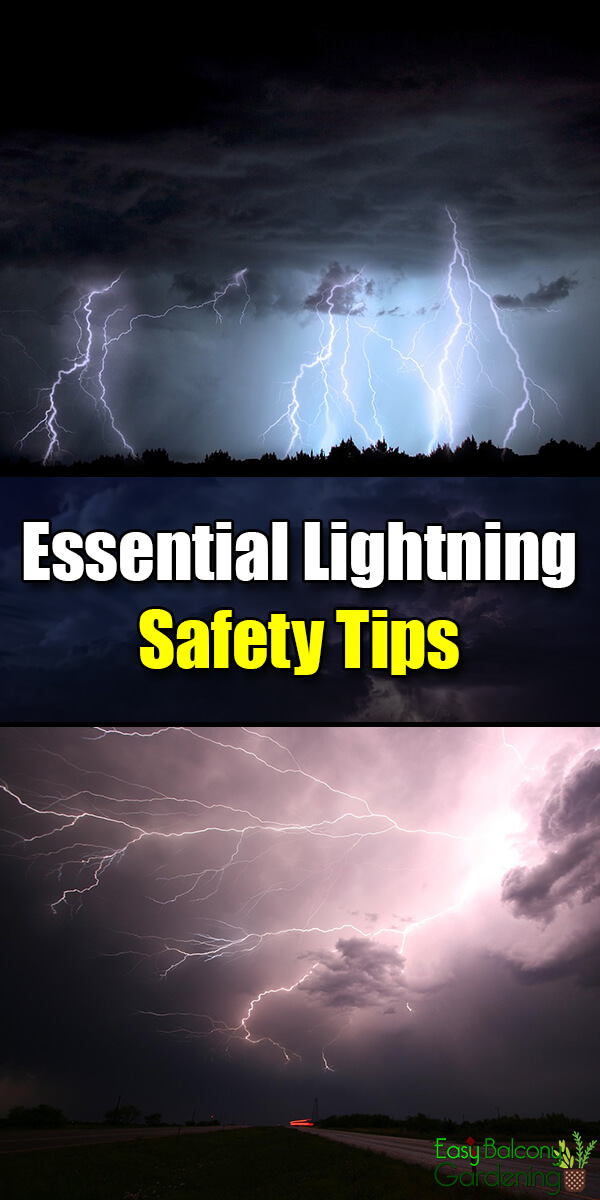The information below on lightning is through the courtesy of the Hyrum 9th Ward, The Church of Jesus Christ of Latter-Day Saints, Hyrum, Utah.
The ingredient that defines a thunderstorm is lightning. Since lightning creates thunder, a storm producing lightning is called a thunderstorm. Lightning occurs during all thunderstorms, and may be a result of buildup and discharge of electrical energy between positively and negatively charged areas.
Facts
- Lightning can occur from cloud-to-cloud, within a cloud, cloud-to-ground, or cloud-to-air.
- Lightning often strikes outside of heavy rain and may occur as far as 10 miles away from any rainfall.
- “Heat lightning” is actually lightning from a thunderstorm too far away for thunder to be heard. However, the storm may be moving in your direction!
- Each year in the United States, lightning injures an average of 300 people, and kills an average of 80. Most deaths and injuries occur when people are caught indoors in the summer months during the afternoon and evening.
- Many fires in the western United States and Alaska are started by lightning.
If You Are at Home
- Avoid showering or bathing. Plumbing and bathroom fixtures can conduct electricity.
- Avoid using a corded telephone except for emergencies. Cordless and cellular phones are fine.
- Unplug appliances and other electrical items such as computers and turn off air conditioners. Power surges from lightning can cause serious damage.
- Use your battery operated NOAA (National Oceanic and Atmospheric Administration) Weather Radio for local updates.
If You Are Outside
- In a forest, seek a low area under thick growth of small trees.
- In open areas, go to a low place such as a ravine or valley. Be alert for flash floods. Avoid isolated sheds or other small structure.
- Do not stand under a natural lightning rod, such as a tall isolated tree; on a hilltop, in an open field, on the beach, or in a boat on the water.
- Get away from open water. If you are boating or swimming, get to land and find shelter immediately.
- Stay away from anything metal: tractors, farm equipment, motorcycles, golf carts, golf clubs, and bicycles. Also, from wire fences, clotheslines, metal pipes, rails and other metallic paths that could carry lightning to you from some distance away.
- If you feel your hair stand on end, which indicates that lightning is about to strike, squat low to the ground on the balls of your feet. Place your hands over your ears. Put your head between your knees. Make yourself the smallest target possible and minimize your contact with the ground. DO NOT lie flat on the ground.
What To Do For Lightning Victims
- Lightning strike victims carry no electrical charge, and should be attended to immediately.
- Although most lightning victims survive. People struck by lightning often report a variety of long-term, debilitating symptoms including memory loss, attention deficits, numbness, dizziness, stiffness in joints, irritability, fatigue, weakness, muscle spasms, depression, and an inability to sit for a long period of time.
- Lightning strike victims carry no electrical charge, and should be attended to immediately.
- If breathing has stopped, begin mouth-to-mouth resuscitation. If the heart has stopped, a trained person should administer CPR.
- If the victim has a pulse and is breathing, look for other possible injuries.
- Check for burns where the lightning entered and left the body.
- Be alert for nervous system damage, broken bones, and loss of hearing or eyesight. Contact your local emergency management office or American Red Cross chapter for information on CPR and first aid classes.
Your chances of being struck by lightning are estimated to be 1 in 600,000. Reduce the odds by following safety tips.








